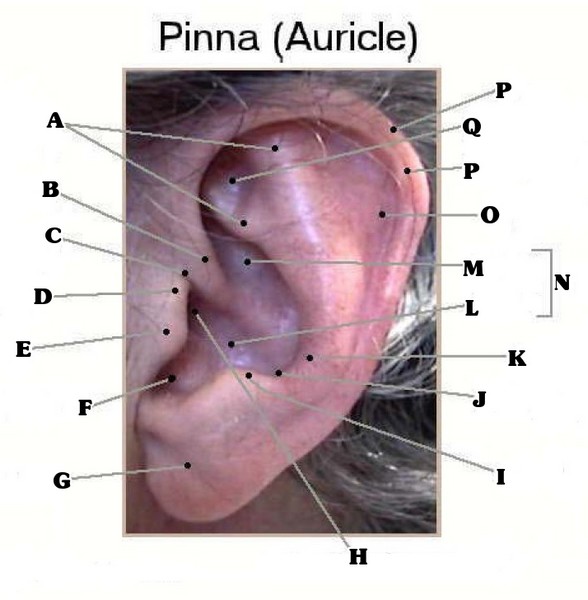

These nerve cells of the retina leave the eye and enter the brain via the optic nerve(cranial nerve II). The cones are sensitive to different wavelengths of light and provide color vision. Two types of photoreceptors within the retina are the rods and the cones. The innermost layer of the eye is the retinathat contains the nervous tissue and specialized cells called photoreceptors for the initial processing of visual stimuli. The cornea can be reshaped by surgical procedures such as LASIK. The cornea, with the anterior chamber and lens, refracts light and contributes to vision. The cornea is the transparent front part of the eye that covers the iris, pupil, and anterior chamber. The iris constricts the pupil in response to bright light and dilates the pupil in response to dim light. The iris is a smooth muscle that opens and closes the pupil, the hole at the center of the eye that allows light to enter. The conjunctiva extends over the white areas of the eye called the sclera, connecting the eyelids to the eyeball. The inner surface of each lid is a thin membrane known as the conjunctiva.

The eyelids, with lashes at their leading edges, help to protect the eye from abrasions by blocking particles that may land on the surface of the eye. See Figure 8.1 for an illustration of the eye. The eyes are located within either orbit in the skull. Our sense of vision occurs due to transduction of light stimuli received through the eyes. Open Resources for Nursing (Open RN) Anatomy of the Eye


 0 kommentar(er)
0 kommentar(er)
